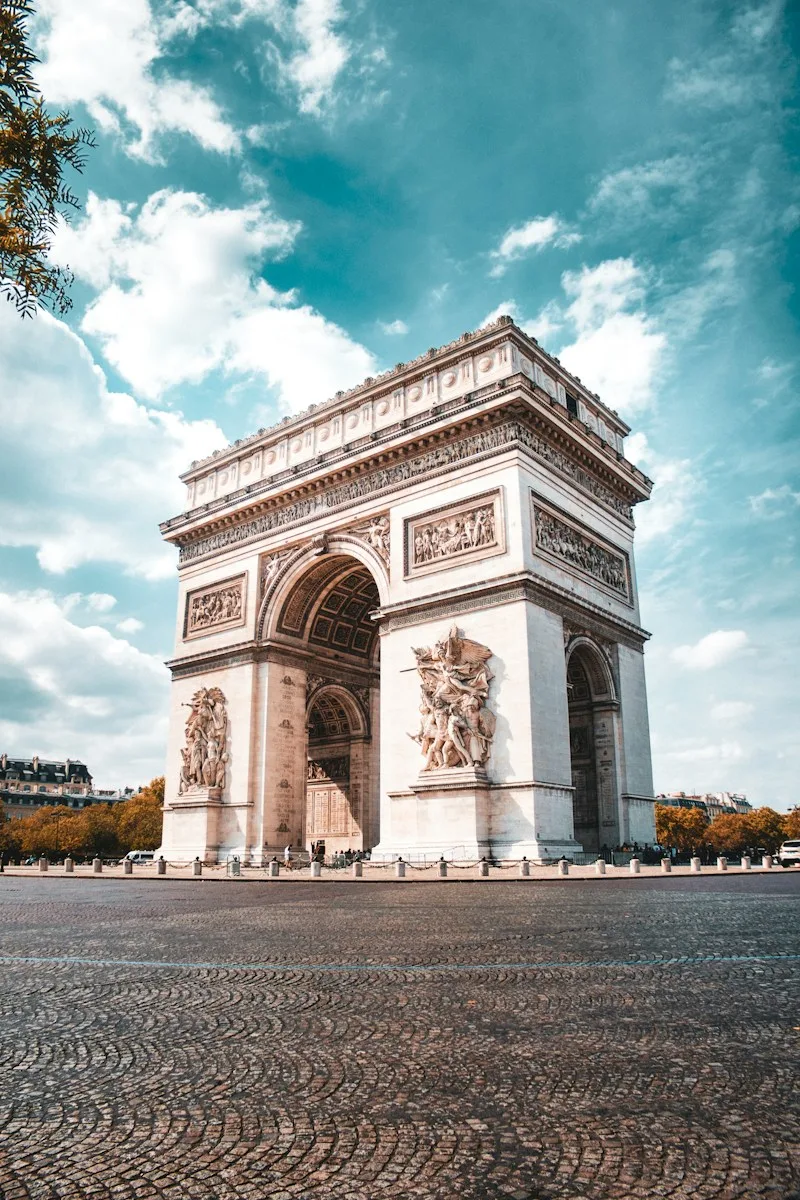France, a country steeped in history and culture, boasts an architectural legacy that mesmerizes visitors from around the globe. From medieval marvels to contemporary masterpieces, the architectural tapestry of France is a visual feast that tells a compelling story of design evolution and historical significance.
Table of Contents
Historical Background
To truly appreciate the architectural wonders of France, one must delve into the rich historical tapestry that shaped its buildings. The influence of Roman, Gothic, Renaissance, and Baroque periods can be seen in structures that stand as testaments to the artistic prowess of their time.
Gothic Marvels
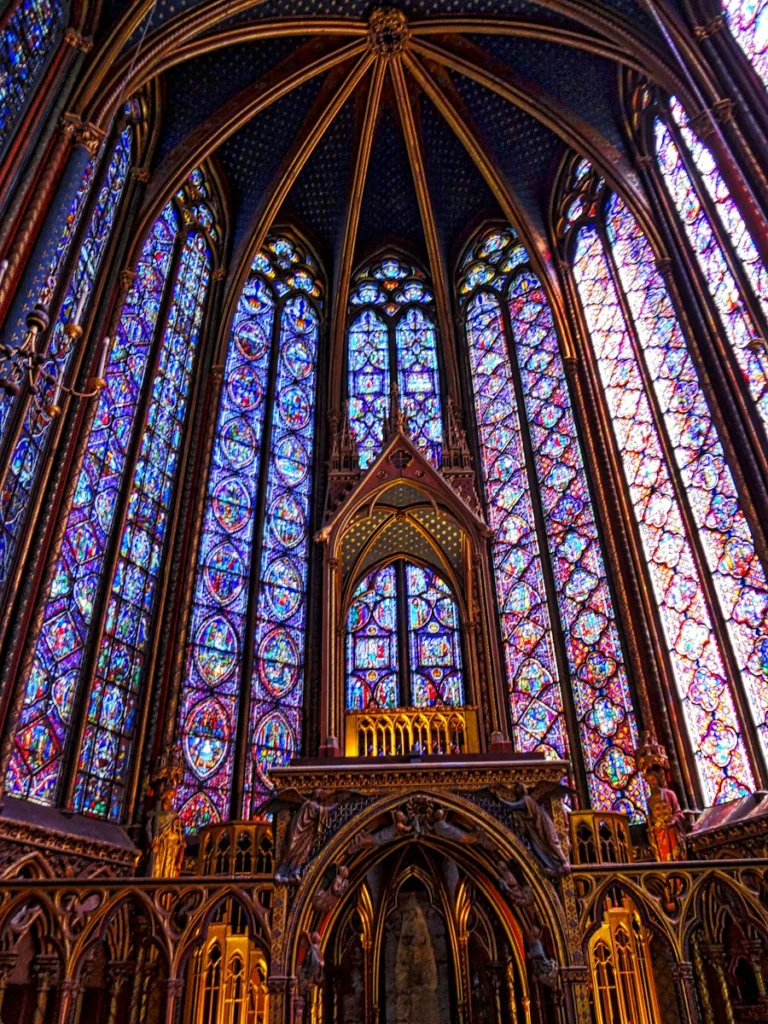
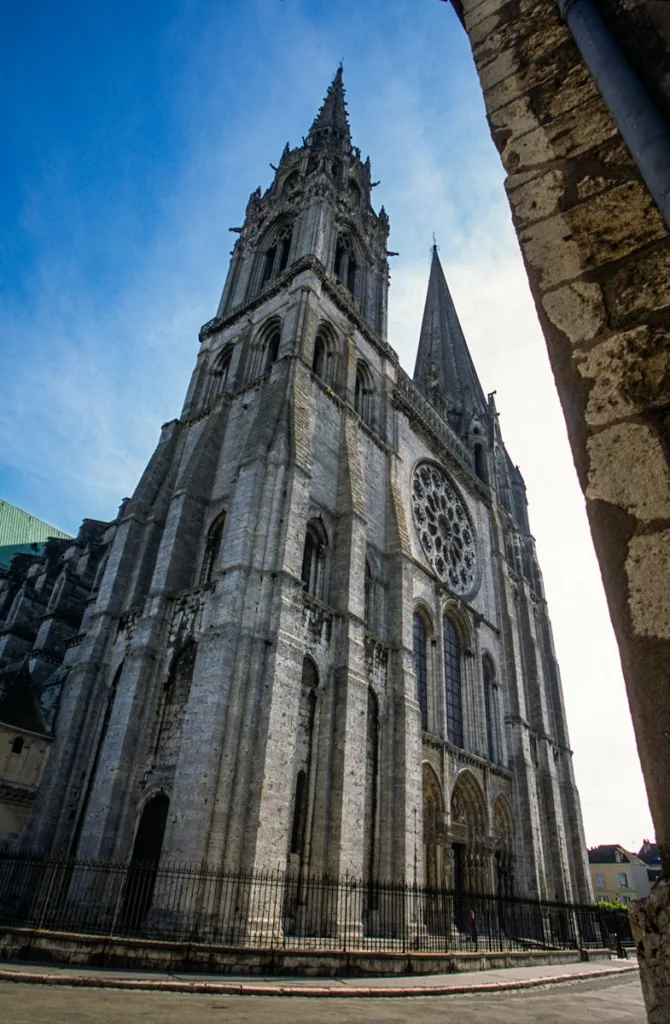
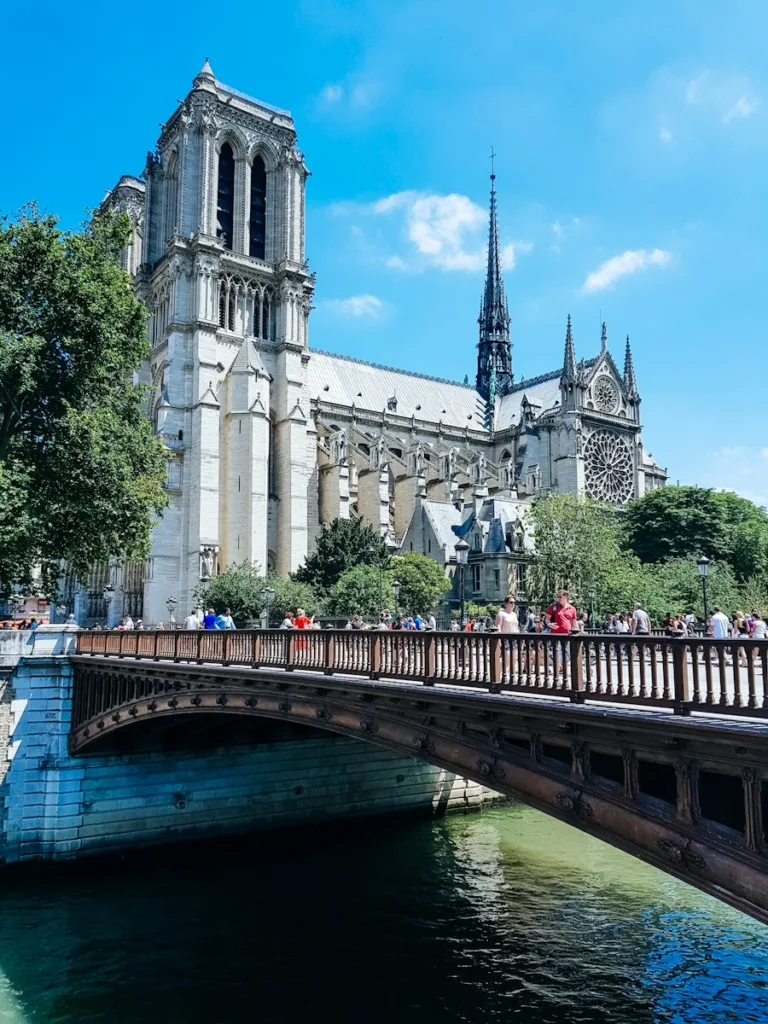
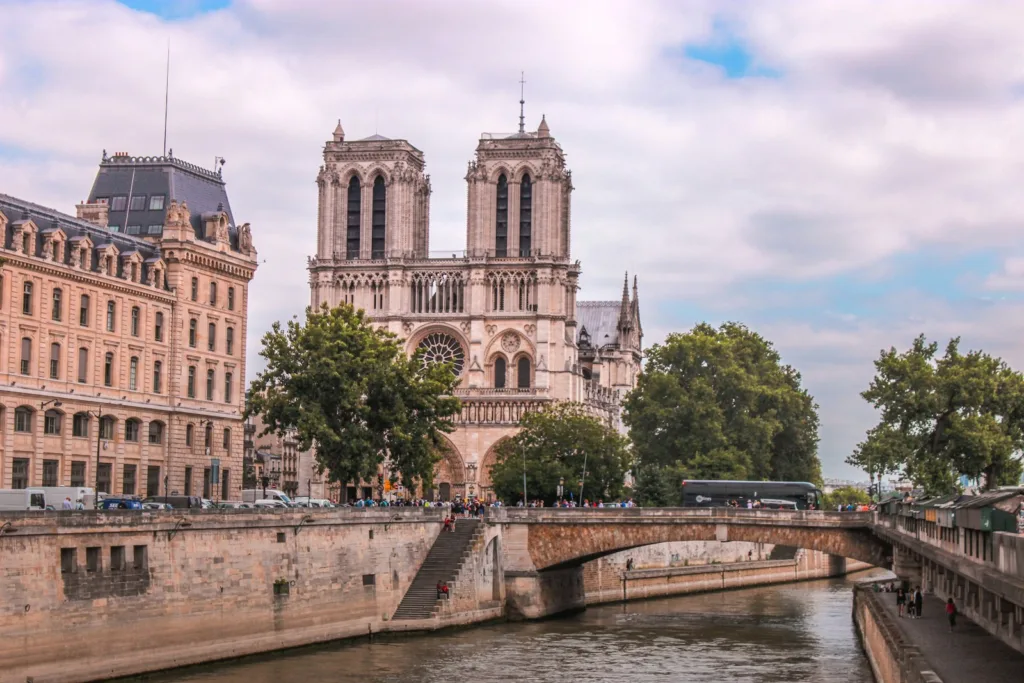
One cannot discuss French architecture without marveling at the Gothic masterpieces that dot the landscape. The Notre-Dame Cathedral in Paris stands as an enduring symbol of Gothic architecture, with its soaring spires and intricate gargoyles captivating admirers for centuries.
Renaissance Gems
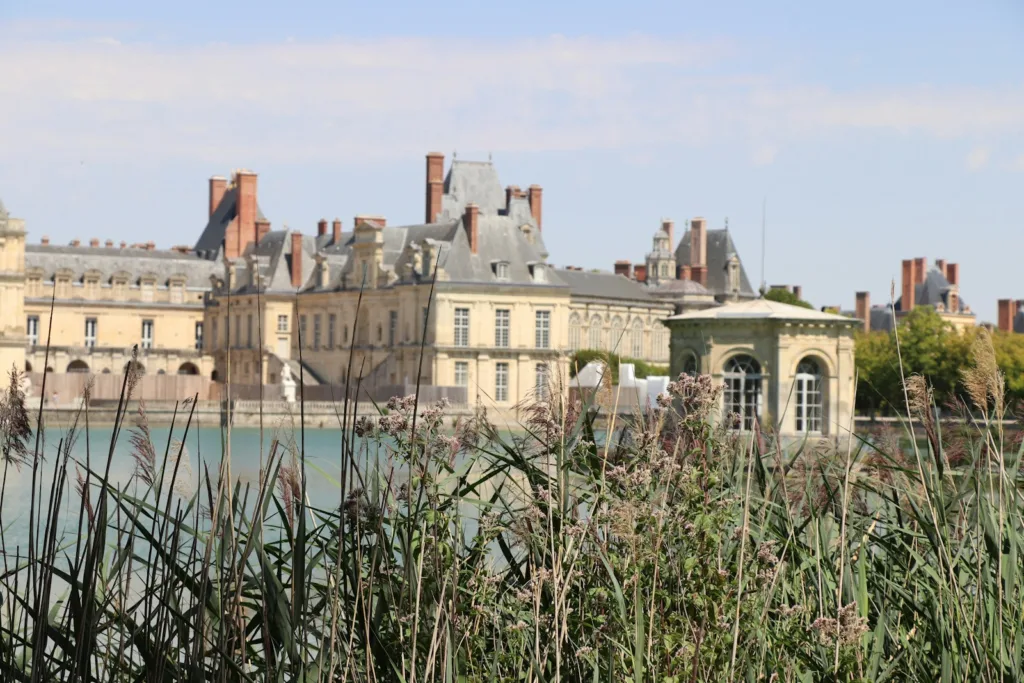
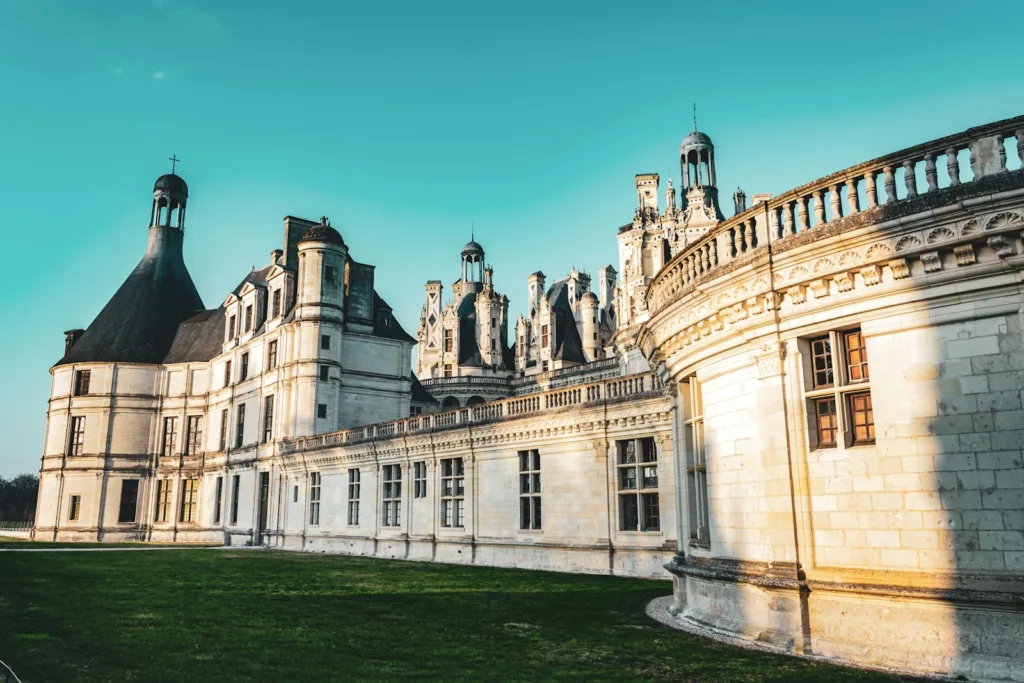
The Renaissance period ushered in a new era of architectural elegance, blending artistic expression with structural innovation. The Château de Chambord and the Palace of Fontainebleau are exemplary Renaissance structures that transport visitors to a bygone era of opulence.
Baroque Beauties
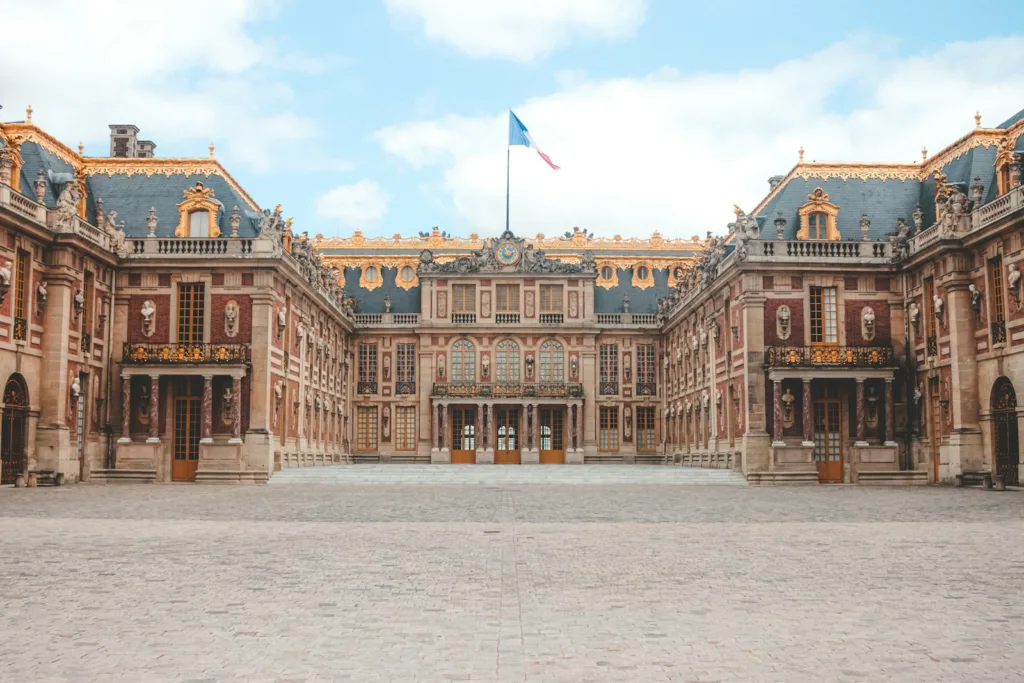
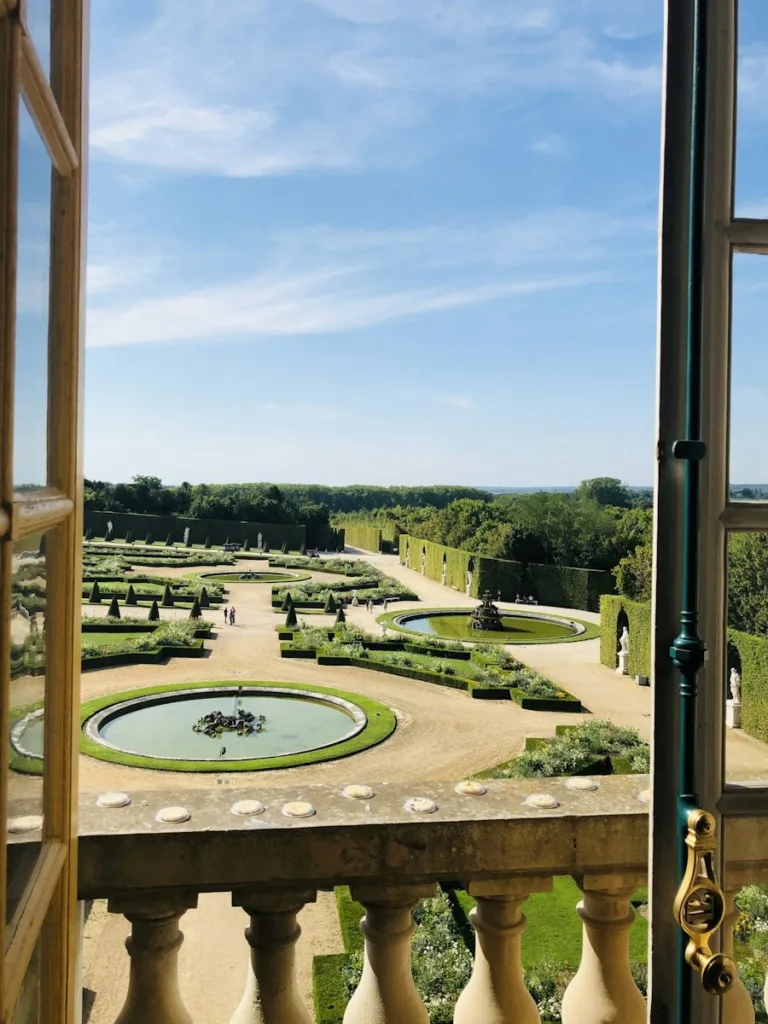
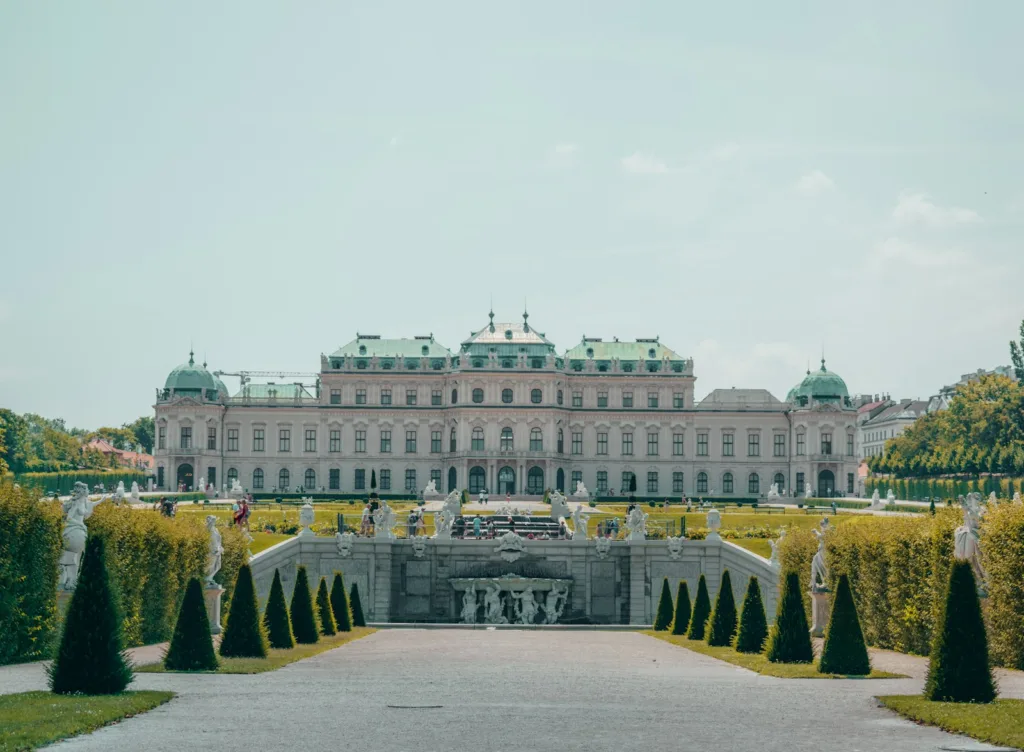
In the Baroque era, French architects embraced ornate designs and theatricality. The Palace of Versailles, a Baroque masterpiece, reflects the grandeur and excess of the time, with its lavish gardens and intricate interiors.
Neoclassical Elegance
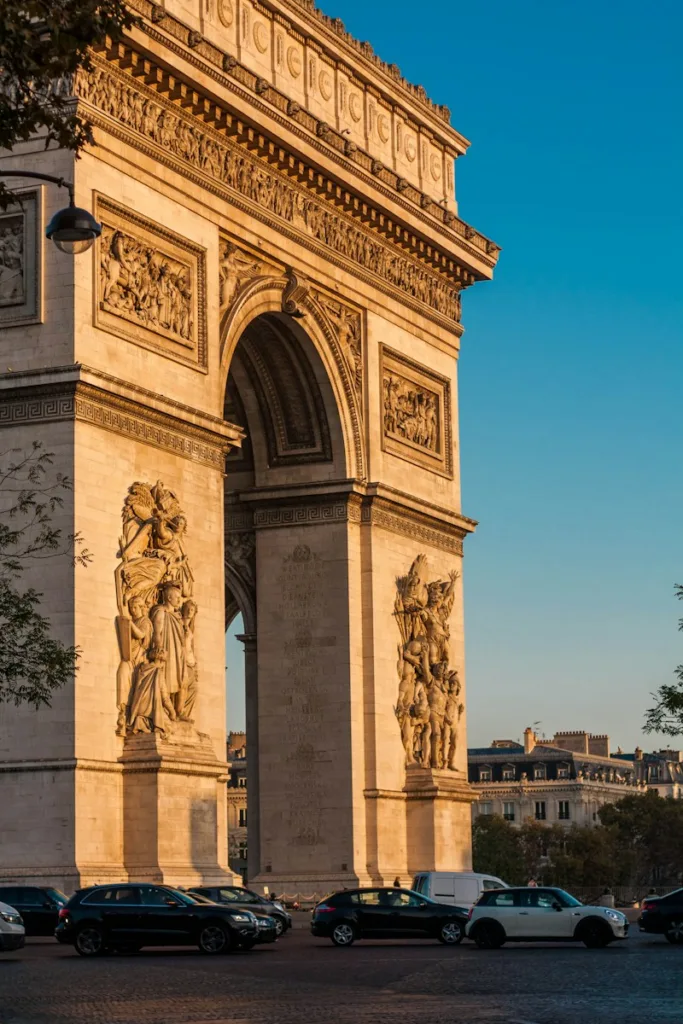
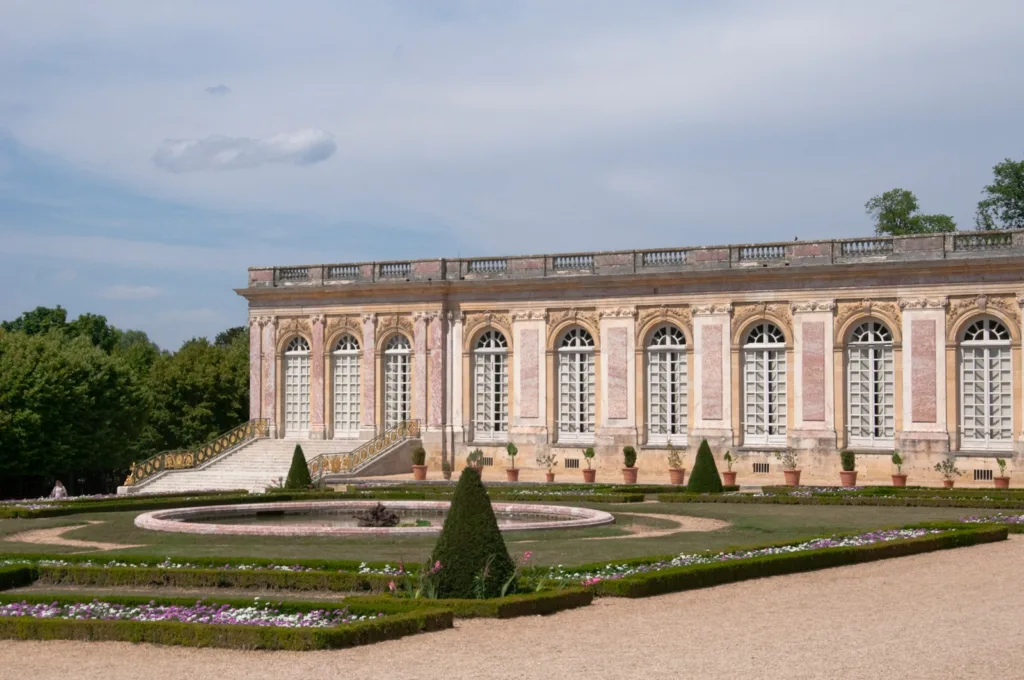
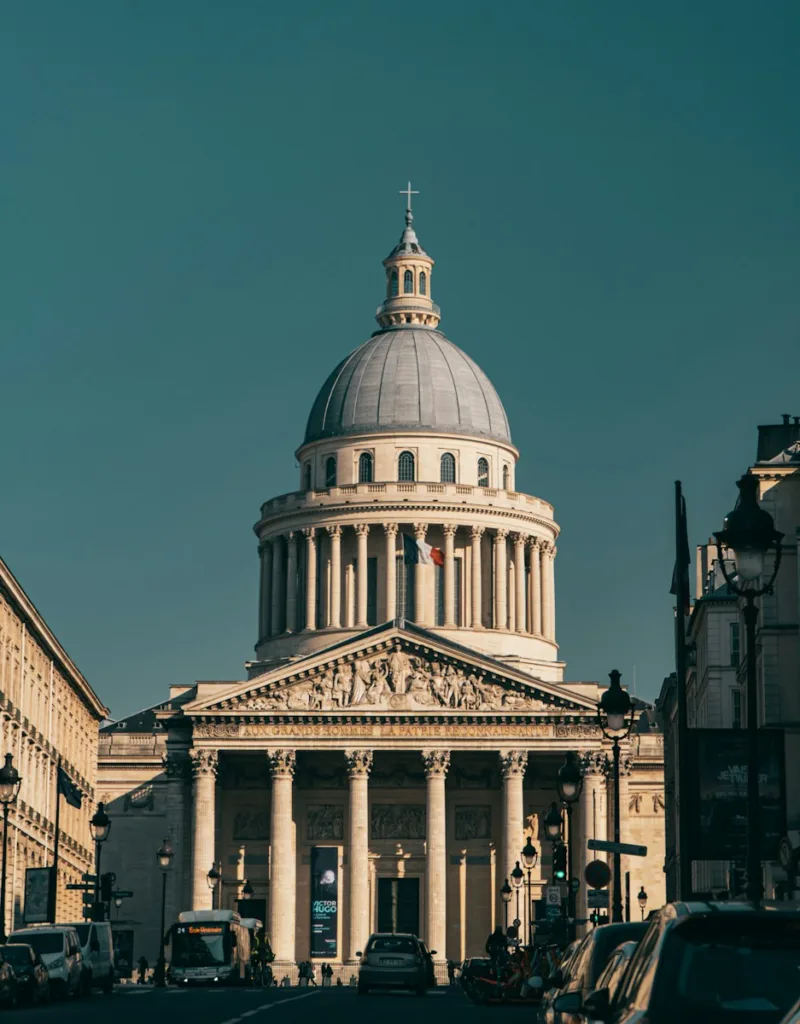
As France transitioned to the Neoclassical style, architects drew inspiration from ancient Greece and Rome. The Panthéon in Paris is a prime example, showcasing the timeless elegance of Neoclassical design.
Art Nouveau Flair
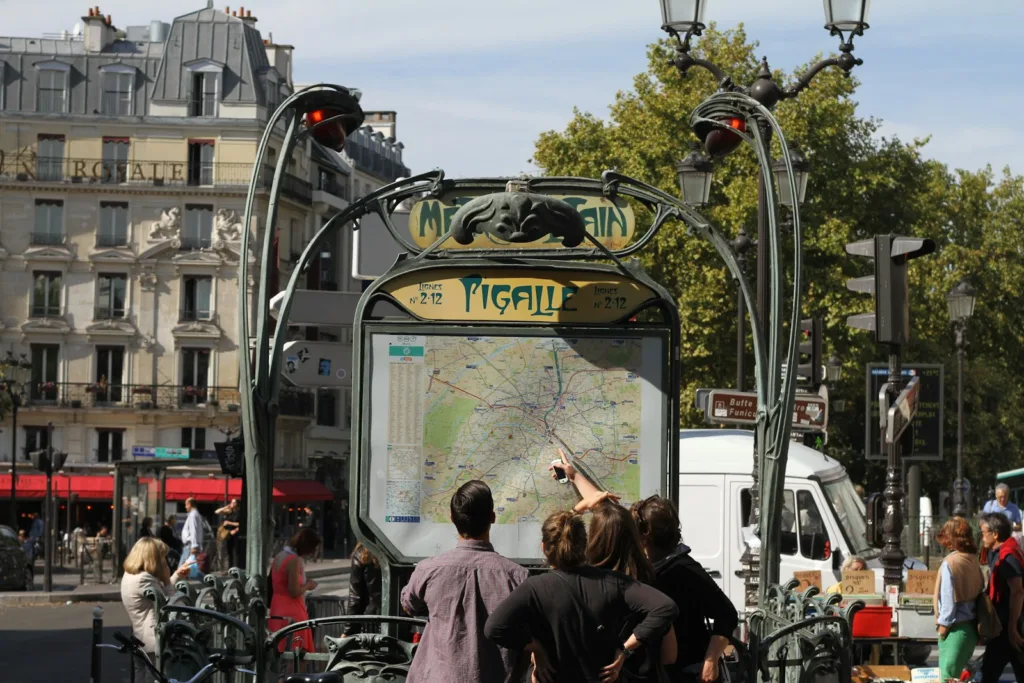
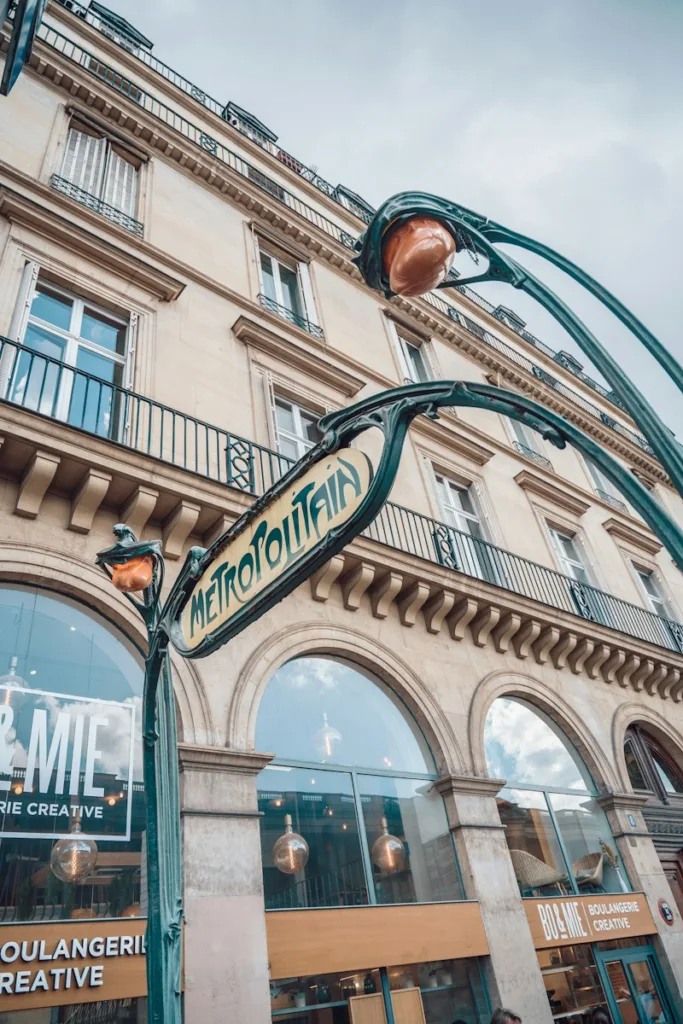
The late 19th century saw the emergence of Art Nouveau, characterized by sinuous lines and organic forms. The architecture of Hector Guimard, particularly the iconic entrances to the Paris Métro, exemplifies the Art Nouveau flair that swept through France.
Modern Architectural Marvels
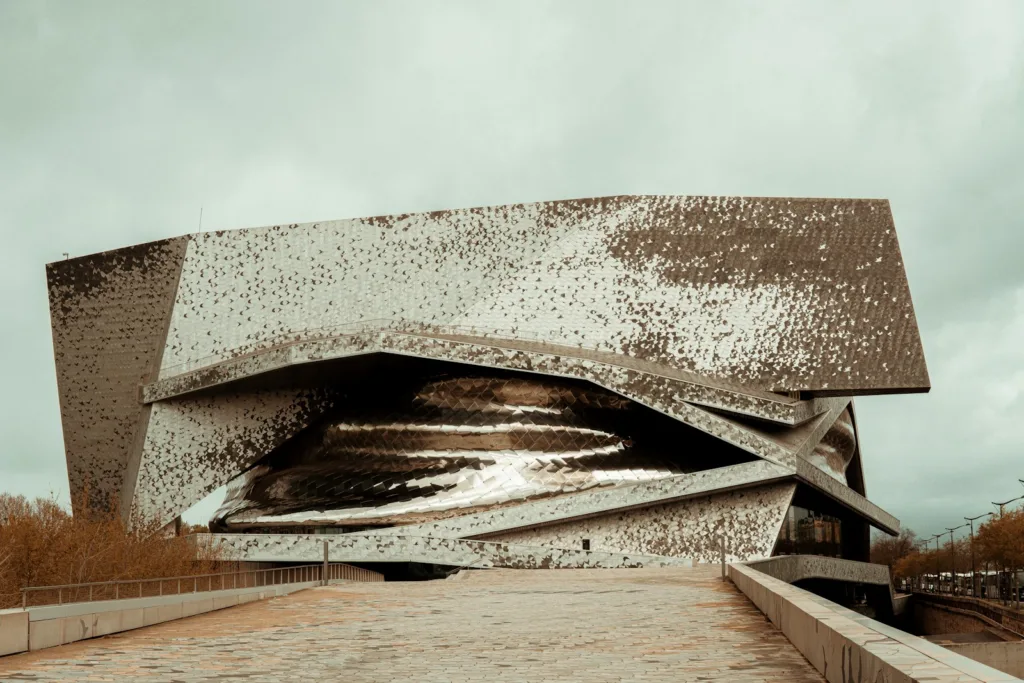
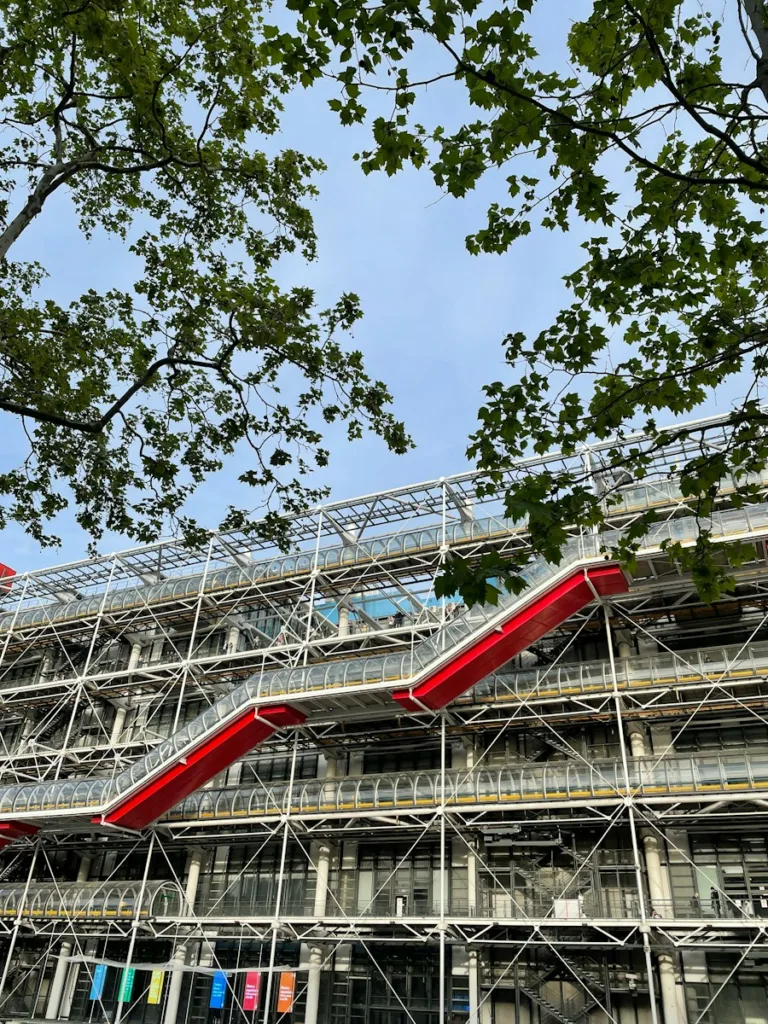
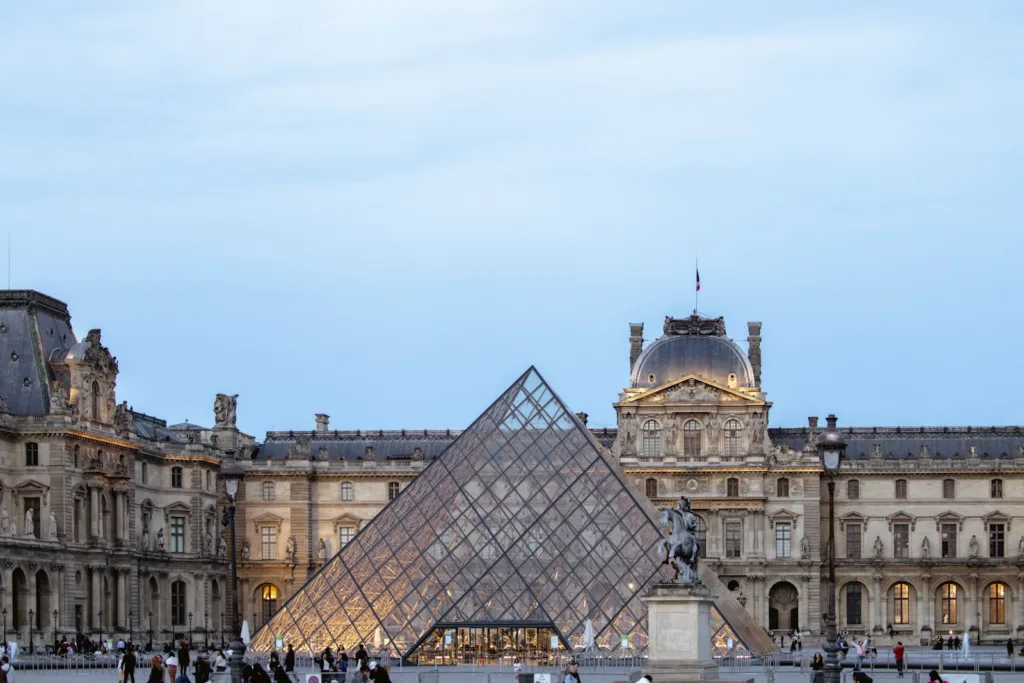
France’s commitment to architectural innovation is evident in its modern structures. The Pompidou Centre in Paris, with its avant-garde design, challenges traditional norms and showcases the fusion of art and architecture.
Regional Diversity
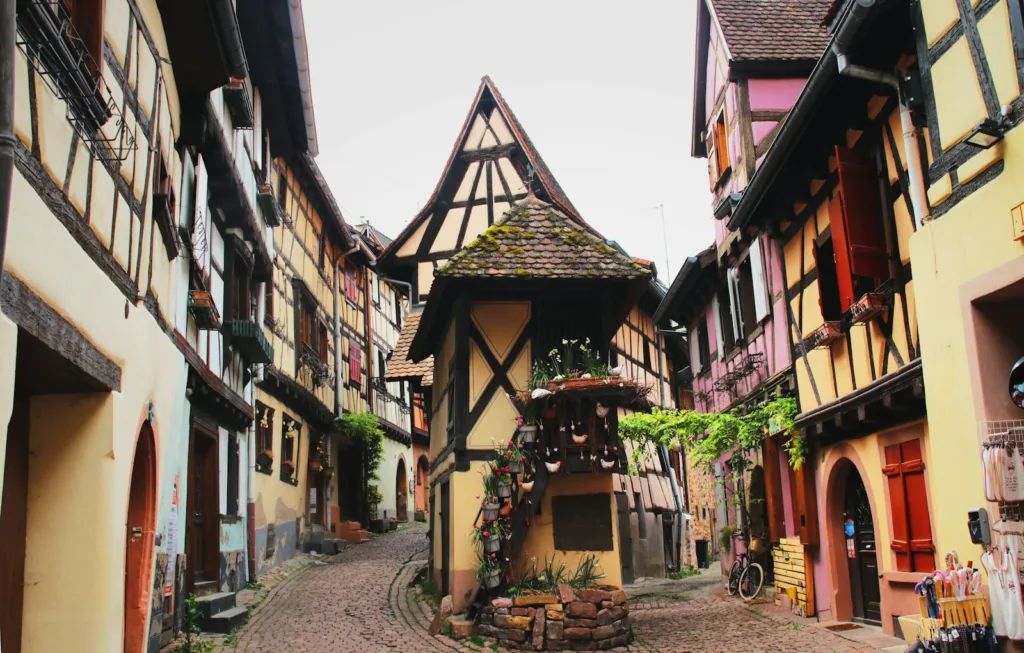
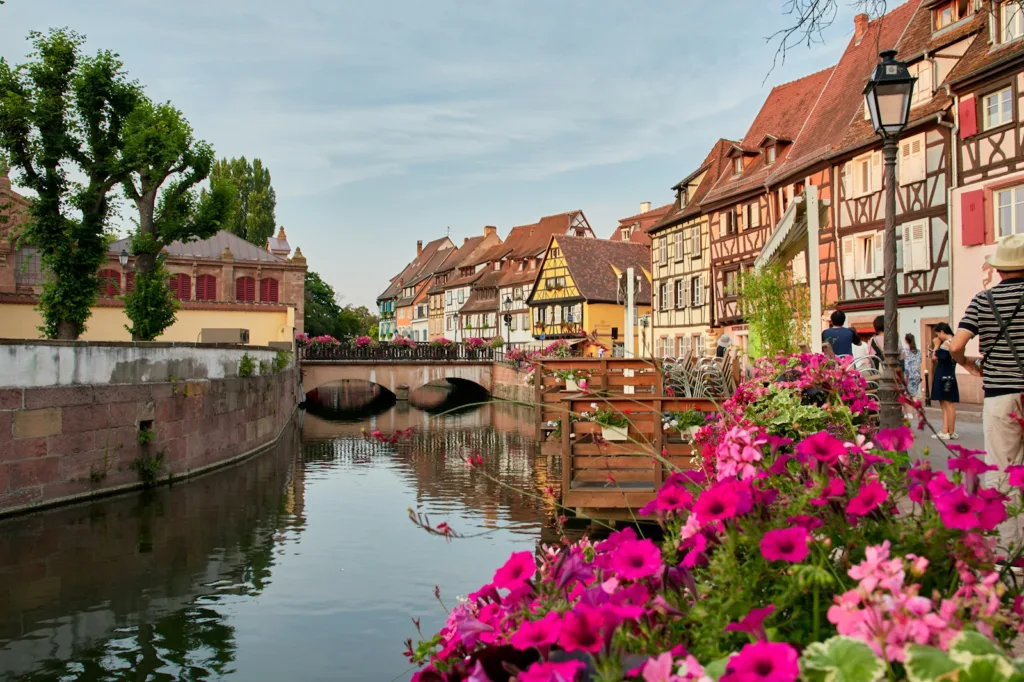
Beyond the grandeur of Paris, France’s regions boast diverse architectural styles. From the half-timbered houses of Alsace to the stone cottages of Provence, each region contributes to the country’s architectural mosaic.
Architectural Preservation Efforts
Preserving France’s architectural treasures is a paramount endeavor. Initiatives such as the Historic Monuments of France play a crucial role in maintaining the integrity of iconic structures and ensuring they stand the test of time.
Architectural Tourism in France
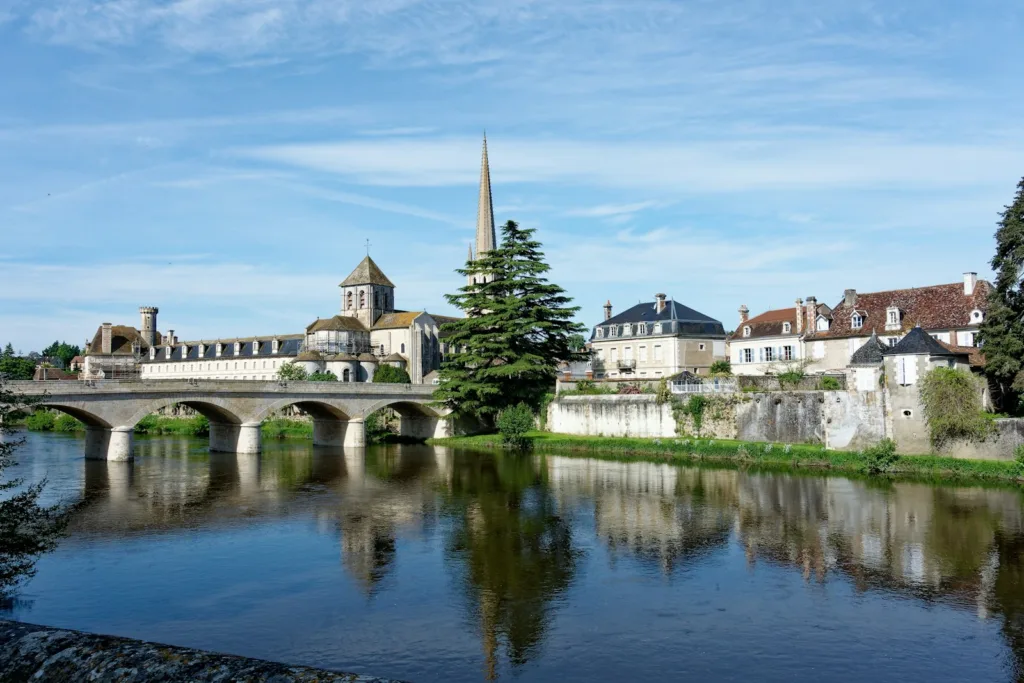
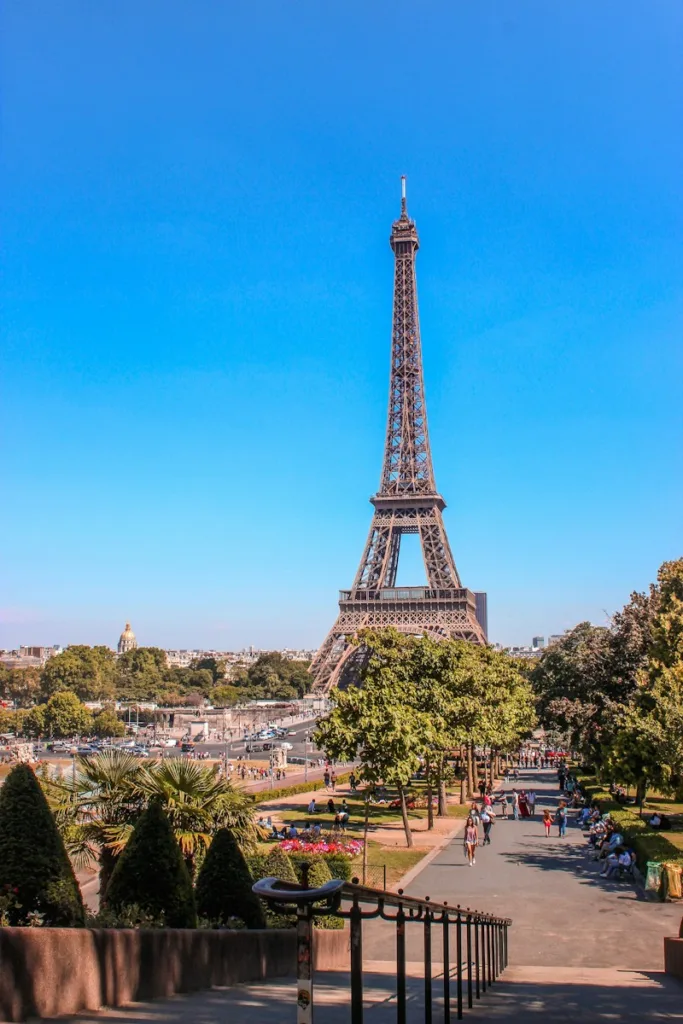
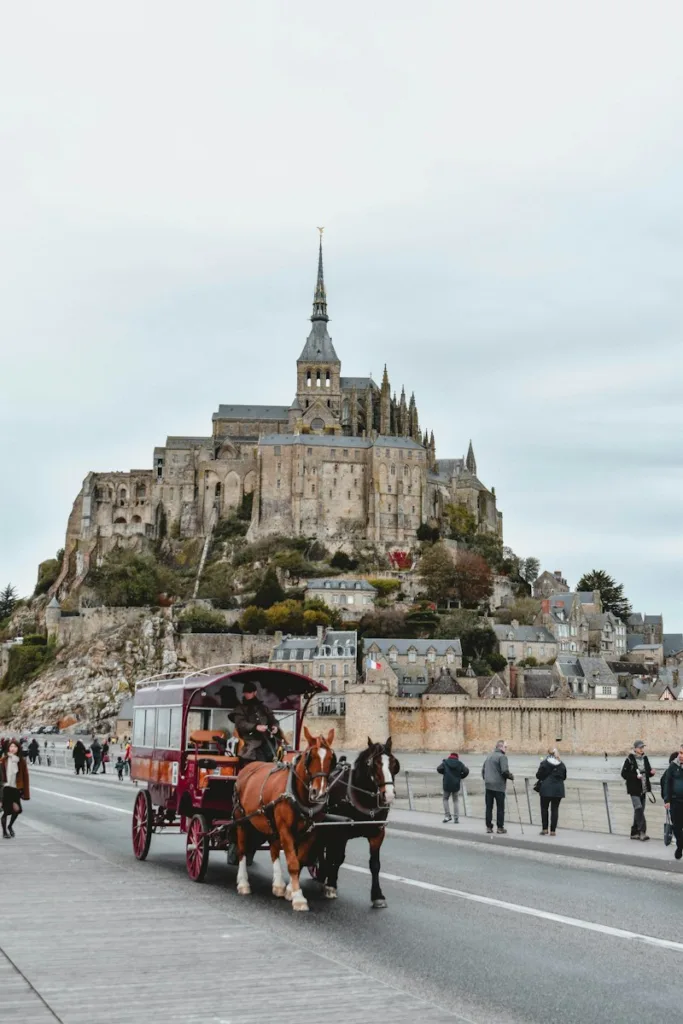
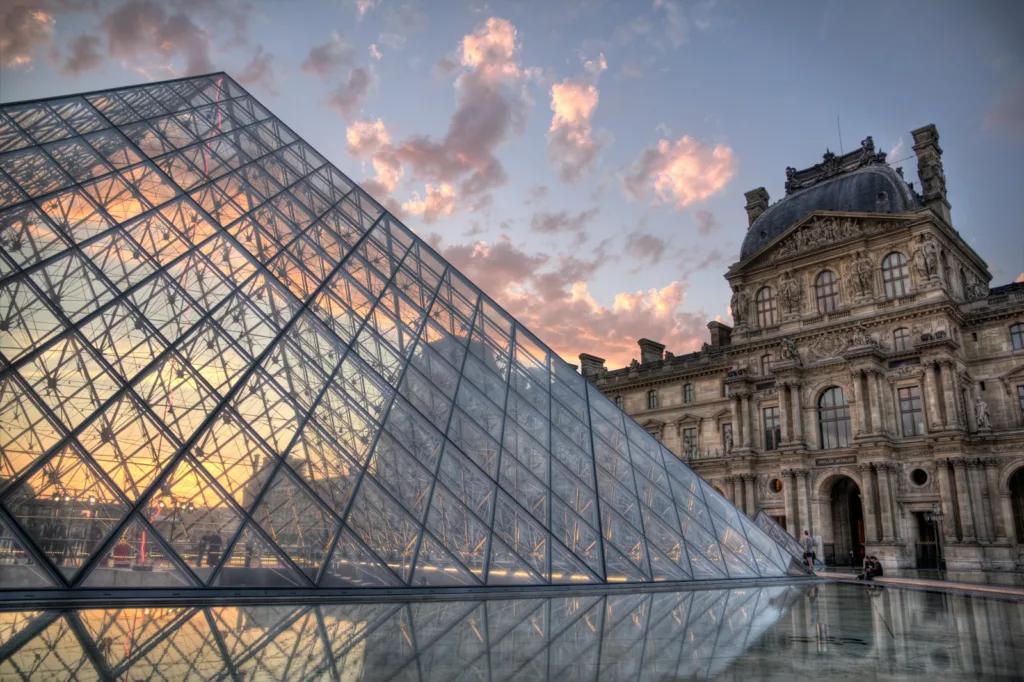
For architectural enthusiasts, France is a dream destination. The Louvre, Eiffel Tower, and Mont Saint-Michel attract millions of visitors, but off-the-beaten-path gems like the Abbey of Saint-Savin offer equally enchanting experiences.
Influence on Global Architecture
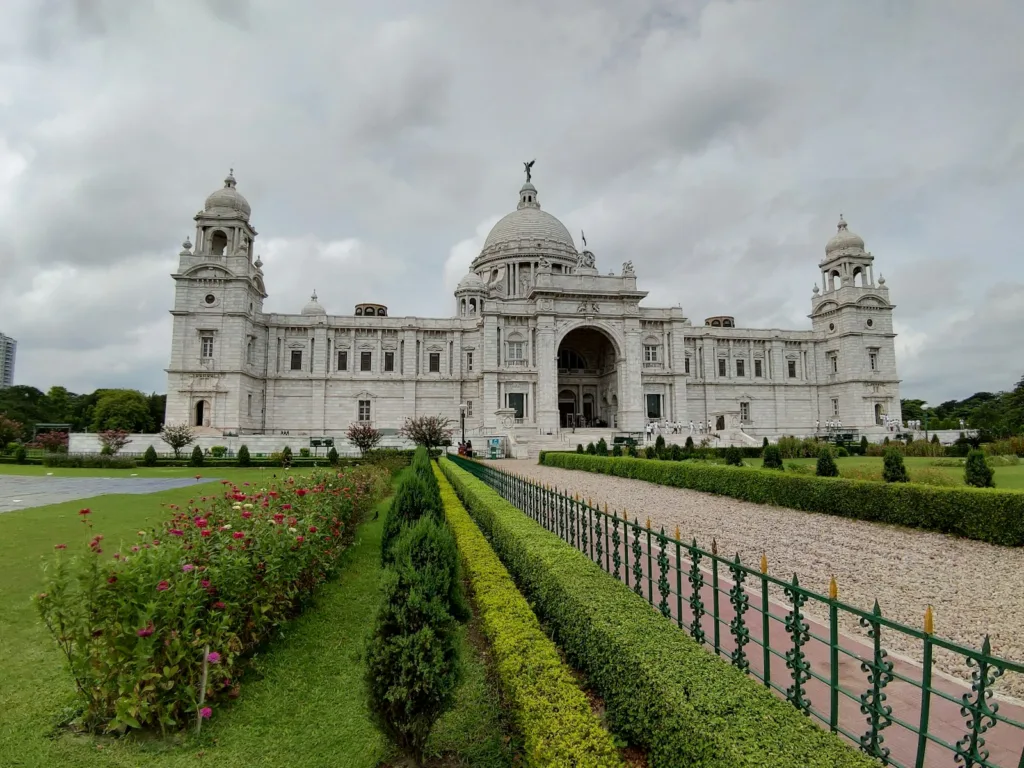
The impact of French architecture extends far beyond its borders. Architects worldwide draw inspiration from French styles, evident in structures like the United States Capitol and the Victoria Memorial in India.
Challenges Faced by Architects
Contemporary architects in France grapple with challenges such as sustainable design, urban planning, and striking a balance between modernity and preservation. Addressing these issues ensures the continued relevance of French architecture.
Future Trends in French Architecture
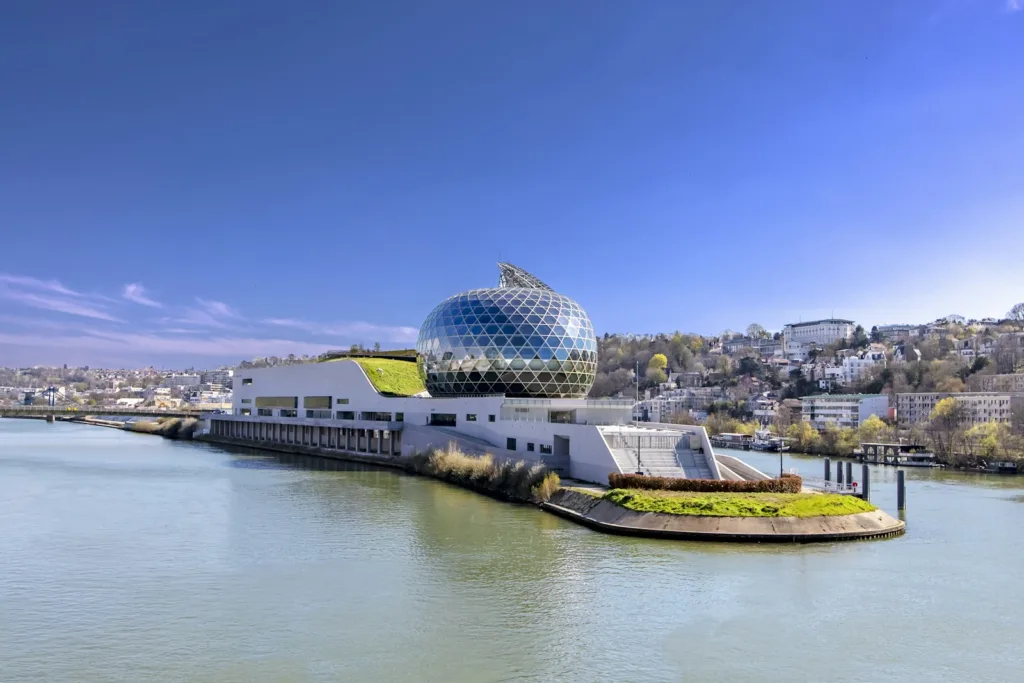
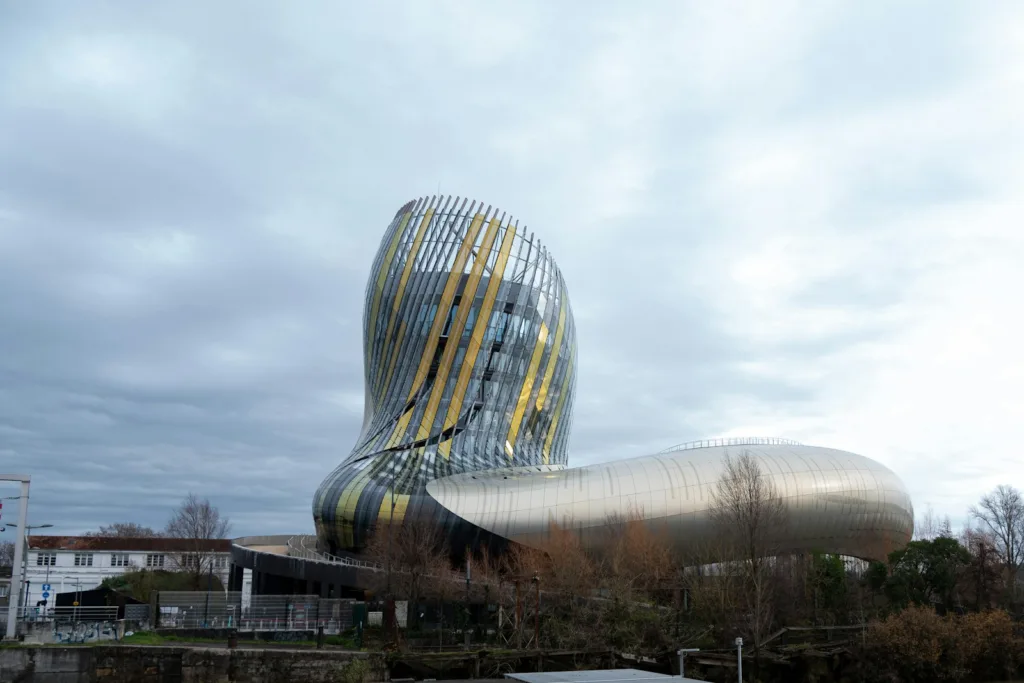
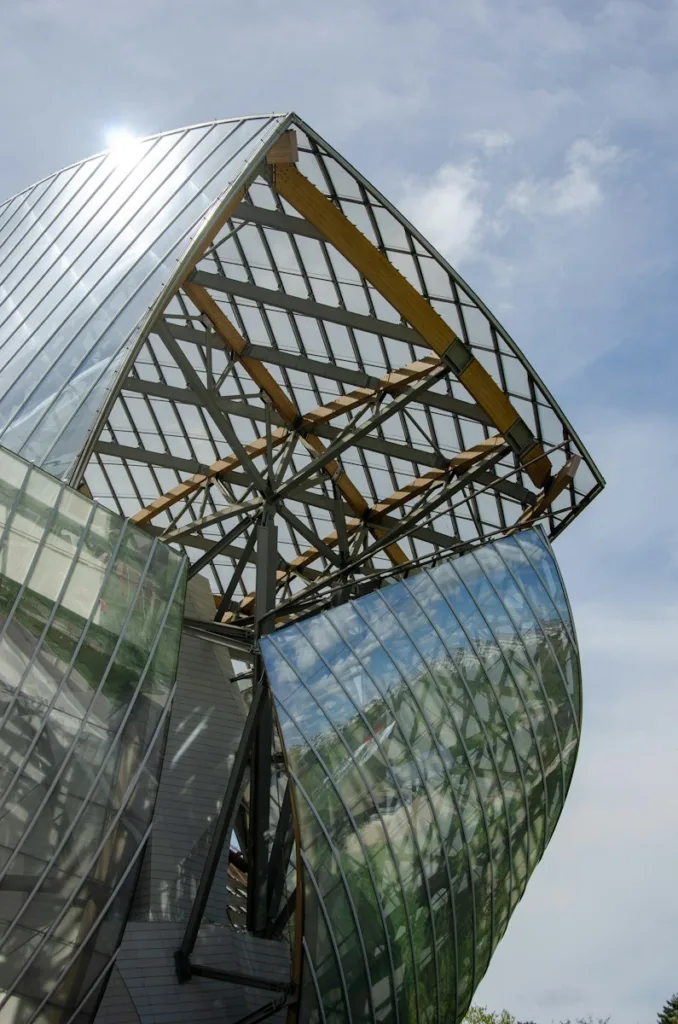
Looking ahead, French architecture is poised for continued innovation. Sustainable practices, digital integration, and a renewed focus on community-centric designs are likely to shape the future of architectural trends in France.
Conclusion
In conclusion, the architectural delights of France offer a captivating journey through time and design evolution. From medieval cathedrals to contemporary landmarks, each structure tells a story of artistic expression and cultural significance. France’s architectural legacy is not merely a collection of buildings but a living testament to the country’s enduring creativity and historical resonance.
Frequently Asked Questions (FAQs)
- Q: Are there guided tours specifically focused on French architecture?
- A: Yes, many tour operators offer specialized architectural tours in France, providing in-depth insights into the country’s rich architectural heritage.
- Q: How can I contribute to the preservation of French architectural treasures?
- A: Supporting organizations like the Historic Monuments of France or participating in volunteer programs dedicated to conservation are excellent ways to contribute.
- Q: What are some lesser-known architectural gems in France worth exploring?
- A: Consider visiting places like the Saint-Savin Abbey, the Carcassonne fortress, or the medieval village of Pérouges for a unique architectural experience.
- Q: How has French architecture influenced modern design globally?
- A: French architectural styles have left an indelible mark on global design, influencing structures like government buildings, museums, and memorials in various countries.
- Q: Is there a specific time of year ideal for architectural enthusiasts to visit France?
- A: While France is a year-round destination, spring and autumn offer pleasant weather, making it ideal for exploring architectural wonders without extreme temperatures.
